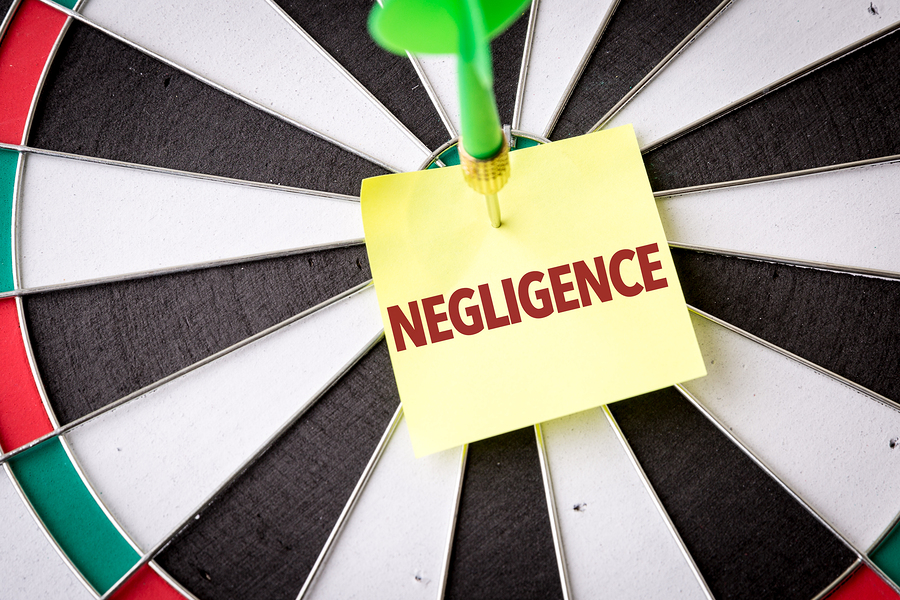The Four Legal Elements Of Negligence: Proving At-Fault For Your Injuries
 Michael Babboni
Personal Injury
When you file an accident injury claim with an insurance company, you will have to prove fault. In legal speak, fault is the product of “negligence.” Negligence basically means that the actions of another person caused you harm. Whoever is found negligent is responsible for the injury and the subsequent costs associated. To determine fault, the law considers four crucial elements: Duty, breach of duty, cause of damages, and damages. Here is an explanation of these four elements in order to help you understand what you will need to prove negligence.
Michael Babboni
Personal Injury
When you file an accident injury claim with an insurance company, you will have to prove fault. In legal speak, fault is the product of “negligence.” Negligence basically means that the actions of another person caused you harm. Whoever is found negligent is responsible for the injury and the subsequent costs associated. To determine fault, the law considers four crucial elements: Duty, breach of duty, cause of damages, and damages. Here is an explanation of these four elements in order to help you understand what you will need to prove negligence.• Duty: Duty is simply the legal duty owed to you by the defendant in the circumstances. The best way to understand duty is to think about what a responsible person would do in the situation. For example, everyone on the road has a duty to one another to follow traffic laws to help prevent accidents. Property owners to provide a safe place for anyone who is legally on their property. In most accident cases, if you were following the law and were injured, typically the other part did have a duty to your safety.
• Breach Of Duty: The second element is the breach of the duty owed to you by the defendant. Breach of duty can be both intentional and unintentional. For example, if a person was speeding and caused an accident, they are in breach of duty, regardless if they deliberately hit your car or not. Breach of duty can be a little complicated to prove if someone hasn’t broken the law in an obvious way.
• Cause Of Damages: Next you have to prove that the breach of duty resulted in your injuries. Even if someone has breached their duty, their actions may not be the cause of your injuries. For example, in Florida there are seat belt laws. If a driver hits you and you are injured as a result of not wearing your seat belt, they are not responsible for the injuries you sustained from breaking the seat belt law. Although, they may be responsible for other injuries their breach of duty did cause.
• Damages: Finally, you have to prove there are damages. For example, if you are in a minor fender bender accident and you were not injured or your car sustained no property damage, then there is nothing to make a claim against. You have to show that you sustained damages as a result of an accident.
Proving Negligence In The State Of Florida
Florida uses a system called comparative negligence. That means after an accident they don’t always just assign fault to one party. They look at the actions of both parties and assign fault based on a split percentage system. This split impacts the amount of your settlement. For example, if the courts find you 30% negligent, if you are awarded $100,000 for your damages, you’ll only receive $70,000. Therefore, it is really important that you are able to prove the full amount of negligence in an accident. To do that, you need a qualified personal injury attorney.
The St. Peter’s Lawyer, Michael Babboni can help. With over 27 years representing accident injury victims in the St. Petersburg area, he knows exactly how to prove the four elements of negligence to ensure you get the full amount you are owed. With his network of medical professionals, accident experts, and dedicated staff, he will collect the evidence you need to get the settlement you deserve. Call him today at (727) 381-9200 for a free case evaluation and learn how he can help.
